First aid and cardiopulmonary resuscitation (CPR) are the two most common emergency medical interventions that any individual can implement.
Although training and certifications are available for both interventions to optimize utilization of either technique, situational awareness and general knowledge are the vital preliminary facets to determine whether first aid or CPR is necessary.
Here we’ll review the main components and differences between first aid and CPR, and the training and goals surrounding using these emergency interventions.
First Aid
Simply put, first aid is the immediate care of an injured person to reduce further potential harm or disability. For common ailments, such as cuts and scrapes, first aid includes using:
- Bandages and gauzes
- Cold compresses
- Saline water
- Sanitizers
- Infection prevention applicants, and
- Over-the-counter pain-relieving medicines.
There are five types of first aid programs that should be considered when life-threatening injuries are present or when an individual responds to an injured person in atypical situations.
1. Basic first aid
The most standard form of first aid is also known as emergency first aid, which the general population, including young adults, can utilize without extensive training. This is because basic first aid is formatted using the acronym ABC representing airway, breathing, and CPR.
Scenario 1: the injured person is responsive
First, a responding individual to an injured person should ensure that the injured person’s airway is clear by asking questions. If the injured person can properly respond, the assisting individual can see how they can help or if emergency personnel need to be called.
Scenario 2: the injured person is non-responsive
Contrarily, when the person is unable to speak or is unconscious, the responding person should check for breathing. Here are the steps to check for breathing:
- Lay the injured individual flat on their back
- Tilt their head slightly back and upwards
- Listen for breathing over their mouth and nose, or
- In the instance that placing an ear near someone’s mouth or nose may present a biohazard, the responder should instead check for chest movements
Scenario 3: the injured person is not breathing
CPR should be administered when an injured person is not breathing, described more in-depth below, after calling emergency personnel.
2. Advanced first aid
When basic first aid is not effective, advanced first aid is reserved for those trained to use automatic external defibrillators (AEDs) or oxygen tanks to sustain life. Typically, this type of emergency care falls under the specialty of medical professionals, such as ambulance workers, firefighters, nurses, or doctors.
3. Marine first aid
This specialty in first aid is conducted by water-based professionals to perform emergency care near or on water. Within marine first aid training, professionals learn how to pull victims out of water or provide emergency care when standard medical facilities are not nearby.
4. Wilderness first aid
Also known as outdoors or remote first aid, outdoor specialists or nature enthusiasts are strongly encouraged to know wildness first aid. Being outdoors may cause significant wait times for emergency personnel to reach an injured person. Individuals specifically trained in wildness first aid will know how to sustain life in harsh or non-favorable environments and mediate treatment for:
- Sprains and broken bones with make-shift splints
- Shock, hyperthermia (i.e., heat stroke), and hypothermia (i.e., frostbite) by using natural resources to replenish thirst and electrolytes and how to maintain a normal body temperature
- Accidental self- or animal-inflicted wounds by knowing alternatives for gauze if it is not readily available
- Altitude sickness and allergic reactions, including anaphylaxis
5. Mental health first aid
Those suffering from a mental illness or impacted by a stressful episode will need an individual trained in mental health first aid. With mental health first aid, individuals learn the signs of pending or active indicators of mental impairment.
Mental ailments may cause an individual to have a distorted worldview and may pose harm to themself or others. Therefore, users of mental health first aid need to be considerate of their health and wellbeing before engaging with a distressed individual.
Scenario 1: the person wants help
A concerned person may be able to listen and communicate in a non-judgmental manner with a mentally deferred individual to either (a) physically get the person to a medical facility, or (b) be able to relay the information and provide observations to a mental health professional onsite or on the phone to better get them assistance.
Scenario 2: the person is not cooperating
If a concerned person is not able to have a mentally impaired individual willingly get or accept help, it is best for a mental health crisis intervener, such as a counselor or psychologists, to be notified, while keeping an eye on the person.
CPR
Unconscious or unresponsive individuals may require cardiopulmonary resuscitation (CPR) to be commenced if they are not breathing normally or at all. Taking a pulse is not necessarily required if the responder does not know how to do it or the process is considered time-consuming in life-threatening situations.
CPR should be done immediately if an injured or nonresponsive person is not breathing properly by doing the following steps:
- Confirm non-responsiveness by using the “shout-tap-shout” method
- Call for emergency personnel
- Obtain personal protective equipment (PPE), if available
- Make sure the person is lying flat on their back
- Give 30 two-inch chest compressions with overlapping hands centered near the heart
- Follow with 2 rescue breathes while pinching the person’s nose and exhaling into their mouth (note: If a mouth guard is not provided for PPE, so as long as the respondent can conduct 100-120 compressions per minute, then rescue breathes are not necessary.)
What’s the Difference
On one hand, first aid is useful for when an injured person has a cut or fracture or is choking. In other words, first aid can be used for instances ranging from simple papercuts to life-threatening emergencies. The goal of first aid is to prevent infection and further harm to an injured individual by utilizing commonly available medical materials and tools.
On the other hand, CPR is necessary when cardiac arrest is presumed. Cardiac arrest can be assumed if a person is experiencing irregular or rapid heart palpitations (i.e., heartbeats), unexplained wheezing, shortness of breath, lack of breathing, lightheadedness, or is unconsciousness. The result for CPR is to sustain life with chest compressions until the injured can receive intensive emergency care from a well-qualified professional.
Certifications and training
First aid and CPR is typically learned together in one course from a community center, medical or learning institution, independently certified individuals, or an accredited online entity.
Well-known qualifying bodies to teach basic or advanced first aid and CPR for general communities are:
- Red Cross
- American Heart Association
- YMCA
Marine, wilderness, and mental health first aid are specialized training that may be limited to the public. Interested individuals are encouraged to conduct research to find an institution that offers these certifications.
FAQs
1. Is first aid more important than CPR?
Ans. The situation determines whether first aid or if CPR is more important. First aid is more of a universal practice, whereas CPR typically requires training for an individual to adequately implement it. However, those who are CPR certified may also be first aid certified, but not vice versa.
2. Is standard first aid the same as BLS?
Ans. No, standard first aid and CPR are available to non-medical persons, and basic life support (BLS) is learned when individuals intend to undergo medical training or work in a medical-related field.


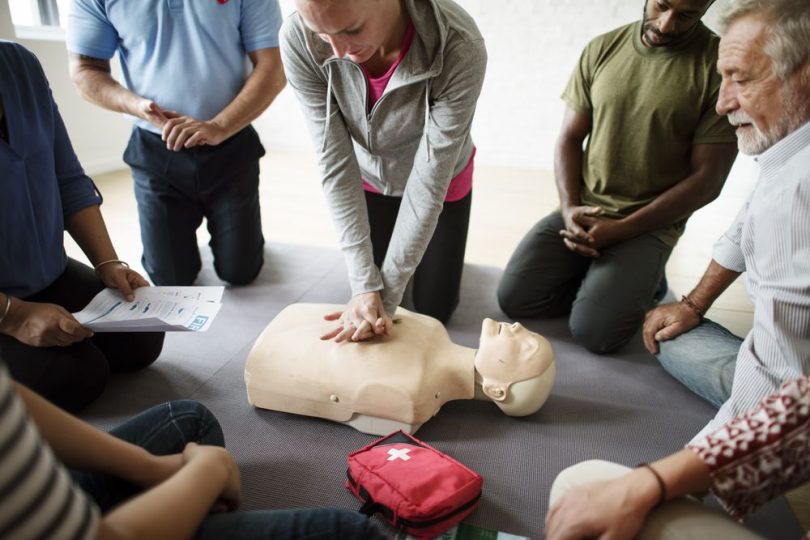

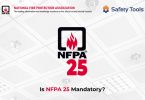
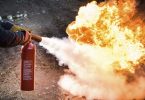
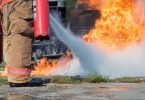

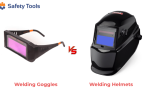
Leave a Comment